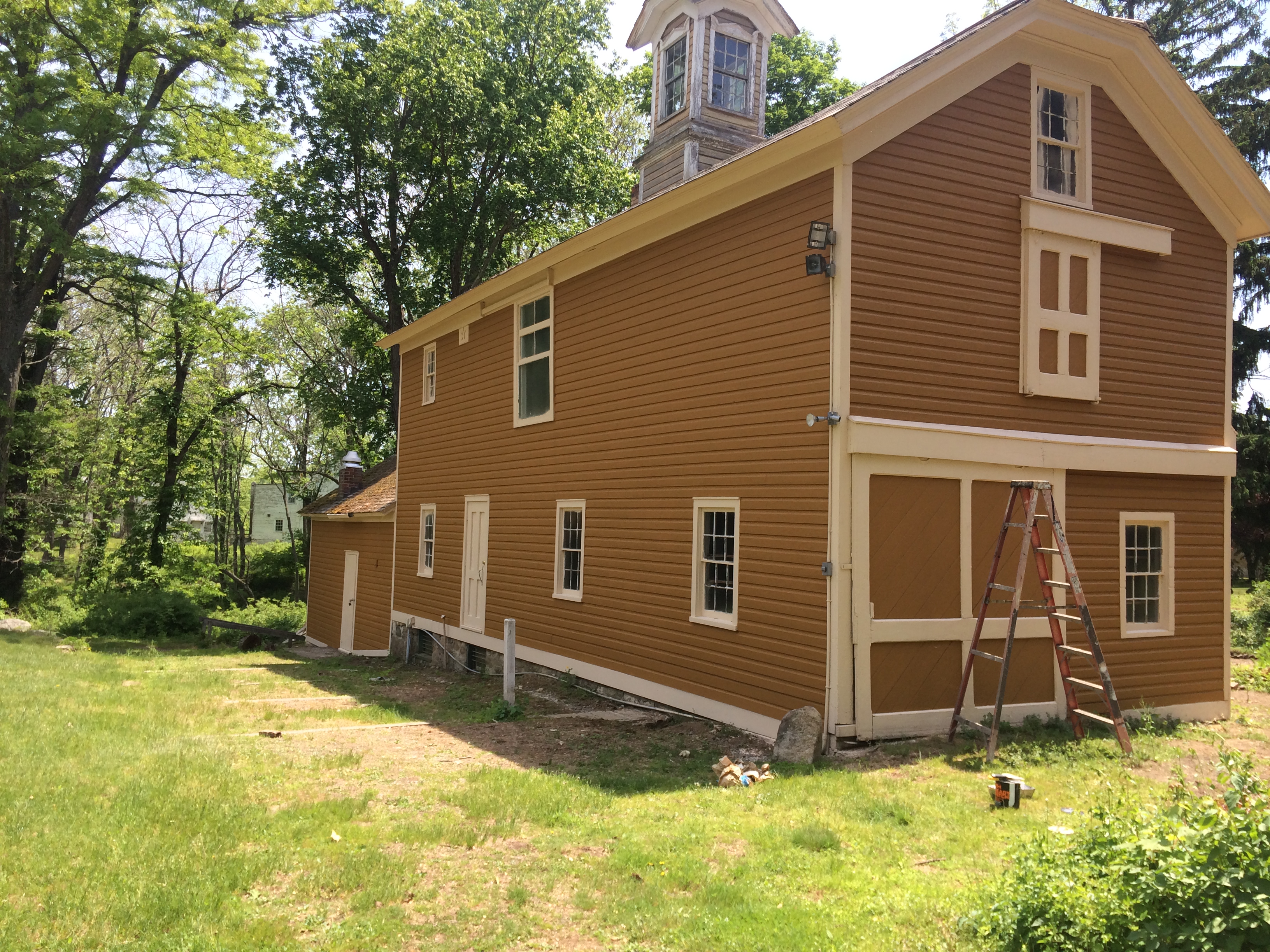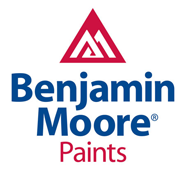A Legacy in Every Layer: Why Specialized Painting Matters
New Jersey’s landscape is a rich tapestry of American history, showcased in its diverse and beautiful architecture. From the Colonial and Georgian homes that dot our communities to stately Victorian manors and early industrial buildings, each structure tells a story. For property managers, developers, and homeowners entrusted with these treasures, maintenance is more than a task—it’s an act of preservation. Historic painting is a specialized discipline that requires a delicate balance of artistry, science, and a deep respect for the past. It’s about more than applying a new coat of paint; it’s about protecting an irreplaceable piece of New Jersey’s heritage for generations to come.
Unlike a standard residential or commercial project, historic restoration painting demands a contractor who understands the unique challenges these properties present. Using the wrong materials or techniques can lead to irreversible damage, trapping moisture, obscuring intricate details, or compromising the very fabric of the building. A true specialist invests in research, material analysis, and authentic methods to ensure the final result is not just beautiful, but also historically accurate and structurally sound.
The Meticulous Process of Authentic Restoration
Achieving a successful historic restoration is a systematic process. It’s a journey back in time to understand the building’s original character and bring it back to life with care and precision.
1. Thorough Assessment and Historical Research
Before a single brush is lifted, a comprehensive evaluation is crucial. This involves inspecting the building for structural issues, water damage, and failing paint. A key part of this stage is often historical paint analysis, where small samples are examined under a microscope to uncover the original color layers. This scientific approach removes guesswork and ensures the chosen color palette is authentic to the building’s specific era.
2. Surface Preparation: The Foundation of Durability
Proper surface preparation is the most critical step for a lasting finish. On historic buildings, this can be complex. Challenges often include the safe removal of lead-based paint, which requires EPA Lead-Safe certified professionals. Methods may include gentle hand scraping and sanding, as aggressive techniques like power washing can damage aged wood and masonry. Any necessary repairs to wood, plaster, or metalwork must be completed using period-appropriate materials and techniques before any primer is applied. Using a professional commercial painting contractor with experience in these methods is vital.
3. Choosing Historically Accurate Materials
Modern paints are not always suitable for historic structures. Older buildings were designed to “breathe,” and using impermeable coatings can trap moisture, leading to peeling, blistering, and decay. Professional restoration painters select breathable, high-quality paints and primers that are compatible with historic materials like lime-based plaster, old-growth wood, and hand-forged metal. Major paint manufacturers offer curated historic color lines to help match palettes authentic to specific architectural periods, from the earthy tones of the Colonial era to the richer, more complex schemes of the Victorian age.
Navigating the Challenges of Historic Projects
Painting a historic building involves more than just aesthetics. Property owners and contractors must navigate a unique set of challenges to ensure a successful and compliant restoration.
| Challenge | Best Practice & Solution |
|---|---|
| Lead Paint Abatement | Homes built before 1978 likely contain lead paint. Safe removal and disposal must be handled by an EPA Lead-Safe Certified firm to protect workers, occupants, and the environment. |
| Material Degradation | Aged wood, crumbling plaster, and rusted metal require specialized repair. This can involve careful patching, consolidation of delicate materials, or sourcing historically accurate replacements. Sometimes, services like sandblasting are needed for metal restoration. |
| Regulatory Compliance | Properties in historic districts or on the New Jersey Register of Historic Places are often subject to strict guidelines. It is essential to work with local historic preservation commissions to get approvals for colors and materials before work begins. |
| Hidden Moisture Issues | Old buildings often have underlying moisture problems from failing gutters, poor drainage, or degrading masonry. These issues must be identified and corrected to prevent premature paint failure. |
Did You Know?
- New Jersey is home to a wide range of architectural styles, including Dutch Colonial, Georgian, Italianate, and Greek Revival, each with its own distinct color palette and design features.
- The New Jersey Register of Historic Places Act of 1970 helps protect the state’s significant buildings and landmarks.
- Historically, paint colors were made from natural pigments like earth ochres for yellows and reds, and minerals for blues and greens, influencing regional color schemes.
Historic Restoration Expertise in Tinton Falls and Across New Jersey
From the historic districts of Tinton Falls to the landmark properties across the state, preserving our local architectural character is a shared responsibility. Choosing a painting contractor with deep roots in New Jersey and a proven track record in historic restoration is essential. For over three decades, Spectra Painting has been dedicated to this specialized work. We understand the local regulations and have partnered with conservators and property owners to deliver authentic, lasting results on everything from private residences to significant public buildings.
Preserve Your Property’s Legacy
Whether your project involves detailed interior restoration or a complete exterior repaint, trust the experts with the experience to honor its history. Contact Spectra Painting for a consultation on your historic painting project.
Frequently Asked Questions
How do you determine the original color of a historic building?
The most accurate method is through scientific paint analysis, where samples of existing paint layers are studied to reveal the original colors. We also consult historical photographs, architectural plans, and local preservation guidelines to ensure the most authentic color palette is used.
Is lead paint removal always necessary?
If lead-based paint is present and is peeling, chipping, or will be disturbed during preparation, it must be addressed safely by a certified contractor. In some cases, encapsulation (sealing the paint with a special coating) is an option, but removal is often the most permanent solution for surfaces that need extensive repair.
What makes paint for historic buildings different from modern paint?
The key difference is breathability. Historic buildings were often built with materials like solid wood, brick, and lime mortar that need to allow moisture vapor to pass through. Modern acrylic and latex paints can trap this moisture, causing peeling and rot. We use specialized, breathable paint systems designed to work with historic substrates.
Do I need a special permit for painting a historic property in New Jersey?
If your property is located within a locally designated historic district or is on the state or national register, you will likely need approval from the local Historic Preservation Commission for any exterior work, including paint color changes. We can help guide you through this process to ensure full compliance.






